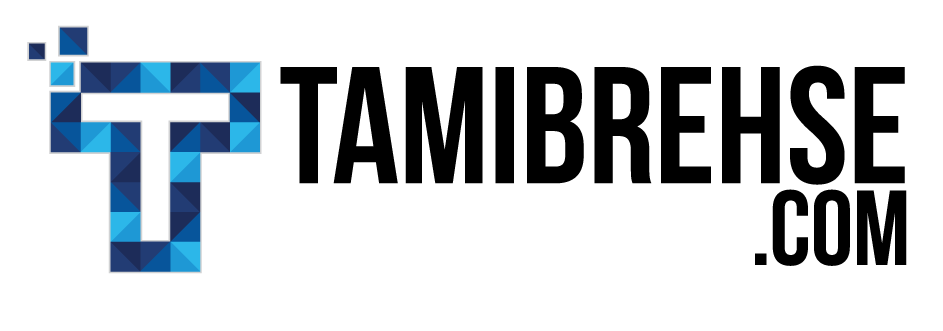Social media is one of the most readily accessible ways to reach your customers. If you aren’t making use of platforms like Facebook, Twitter, Pinterest, Instagram, et. al. and all the free capabilities that go along with them, you’re missing out on a major marketing opportunity.
In the last ten years, social media has moved from a teenage fad to a high powered marketing machine. It’s now the place to be for brands If you have a product to sell or service to provide, social media is where you go to shout about it. And it’s no longer the case that the putting up one post per week is going to get you noticed. It is time to pay attention to what social media can do for you and your business and how you can make the most of it.
Related: 31 Days Of Facebook Posts
When it comes to marketing, data is king, and social media is no different. All of the major social media platforms collect data that you can’t afford to be without. It isn’t even a case of making a deep dive to find it. It’s all there, and primarily free and readily available.
Spend time each week taking a look at your analytics on each platform, learning things like: who is reading your posts? What time of the day are they reading them? What are people sharing or retweeting? All of this can help you form a well-structured marketing plan for the future.
If you’re tight on time to track your social media data personally, here are a few free and paid tools worth checking out:
Digimind. This is an analytics platform designed specifically with social media in mind. It allows you to visually analyze what topics are being talked about online and find ways to insert your brand into the conversation.
Sprout Social. One of my all-time favorite social media management platforms, especially for teams. This tool is super intuitive to use and makes it easy for multiple people to work together and collaboratively manage a brand’s social media accounts.
Klout. Klout is a measurement tool that uses a numeric score to show your impact online. The higher your Klout score, the more perceived influencer you hold. A good at-a-glance tool to gauge the effectiveness of your social media efforts.
Buzzlogix. Buzzlogix offers some unique features I really love, like a hashtag suggestion tool to help you choose the best ones to use and a sentiment monitor that can instantly tell you whether buzz about a topic is positive, negative or neutral.
SumAll. While engaging in realtime is the best way to connect with customers, it’s not feasible to be online 24/7. SumAll solves the problem with easy automation, making it feel like your brand is always on on social.
To keep tabs on your social performance, I suggest printing a physical copy of your stats each month so it’s right there in front of you, rather than trying to have to dig up your analytics online each time you want to refer to them. Grab a folder and some clear labels and keep an extra copy in your office. Label it up month by month to track your growth easily.
If data is king, then automation is queen.
Don’t take for granted all of the tools that make it possible to automate all of your social media marketing. Many are free or available at a reasonable price point.
Here are four automation tools worth checking out, all of which I’ve tried and found useful:
HootSuite. A great all-in-one social media dashboard for listening, tracking conversations and interacting with followers. I really love that you can customize your dashboard in a way that makes the most sense for you and what’s important for your brand.
Buffer. Probably the easiest of the bunch to use. Super simple, not a lot of frills, but a great scheduling tool I’ve used for years (and talk about in depth here).
Tailwind. This one’s particularly great for Pinterest, where content that’s shared over and over again reigns supreme.
SocialOomph. The same auto-publishing and tracking capabilities of other platforms, with a few unique features that are really useful. I love the email-to-Tweet functionality, which is super great for live events and developing news.
Most of these tools offer free trials so you can get a feel for which is right for you before committing.
Paid social media advertising. This one makes use of the data you’ve collected. You can set up targeted advertisements on Facebook, Twitter, Instagram and more. You’re likely to get a high ROI from Facebook as long as you know what you want from the advertisement. Run a few smaller budget tests on your most active and most interactive networks.
Finally, a quick word on the type of content you share. More and more, being visual beats being wordy on social media. Short videos, bright memes and clever puns do well on social for a reason and should be reflected accordingly in your marketing plan. Audiences like to be engaged, and the quickest way to do that is get visual. For more on everything from which colors to use to how to best size your visuals, check out this guide from Simply Measured.
Don’t look at social media as something that’s optional. Set it up and work it correctly, and it just might become one of your most substantial business assets.
Tami Brehse
Latest posts by Tami Brehse (see all)
- This White-Hat Link Building Tool Will Supercharge Your SEO Strategy - May 20, 2019
- 6 Steps To Take Before Launching A New Business - February 1, 2019
- How To Build A Website For A New Business: The Basics - January 13, 2019



